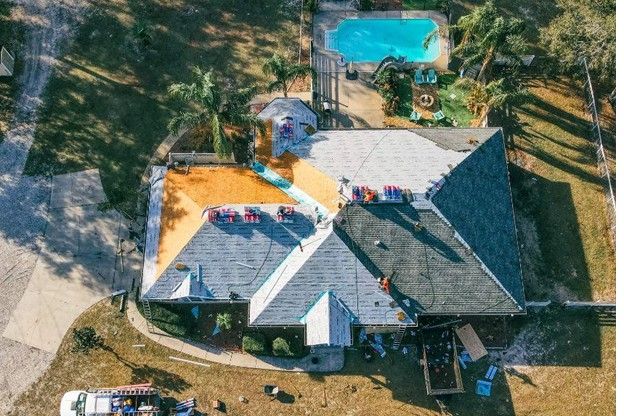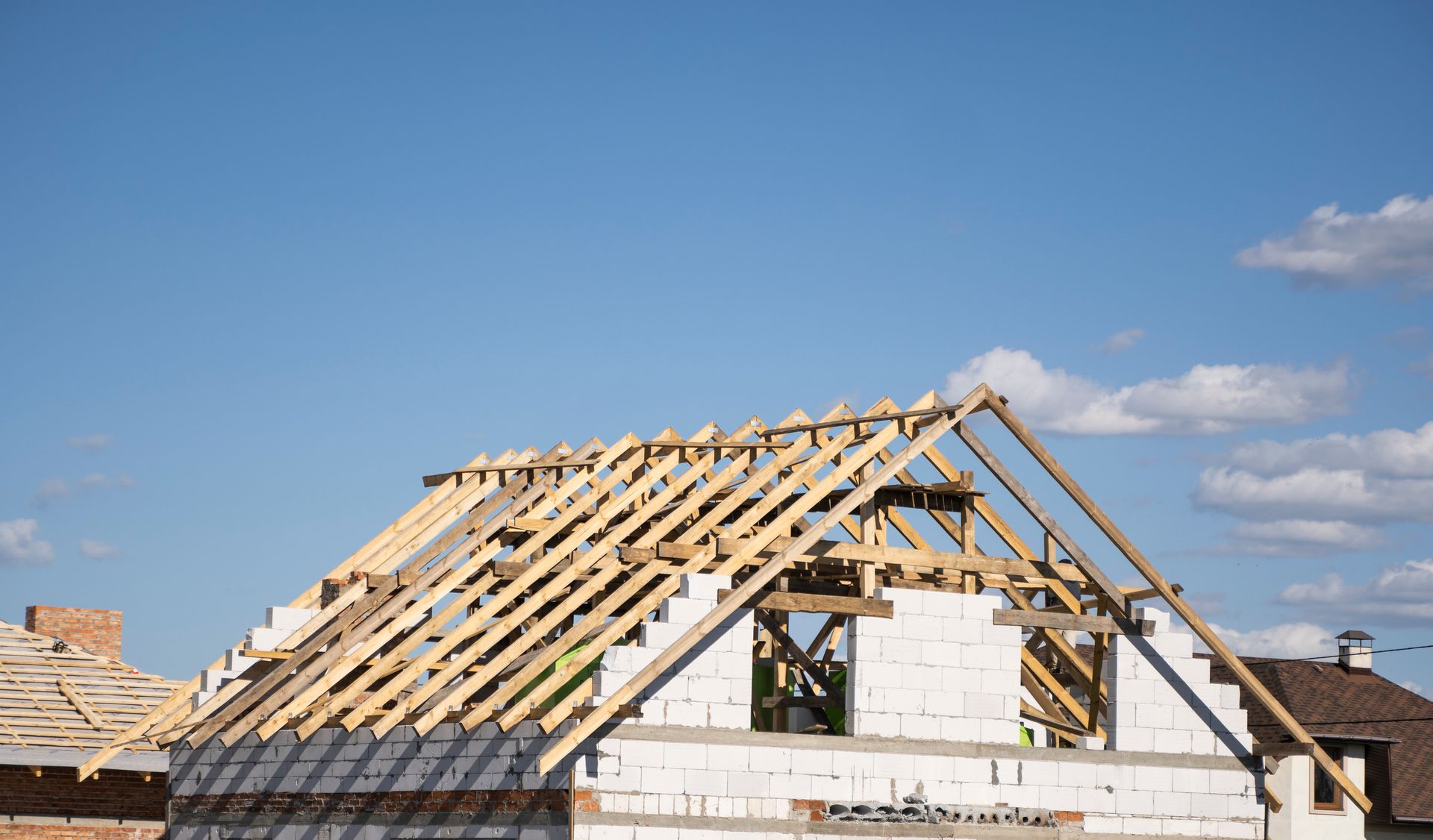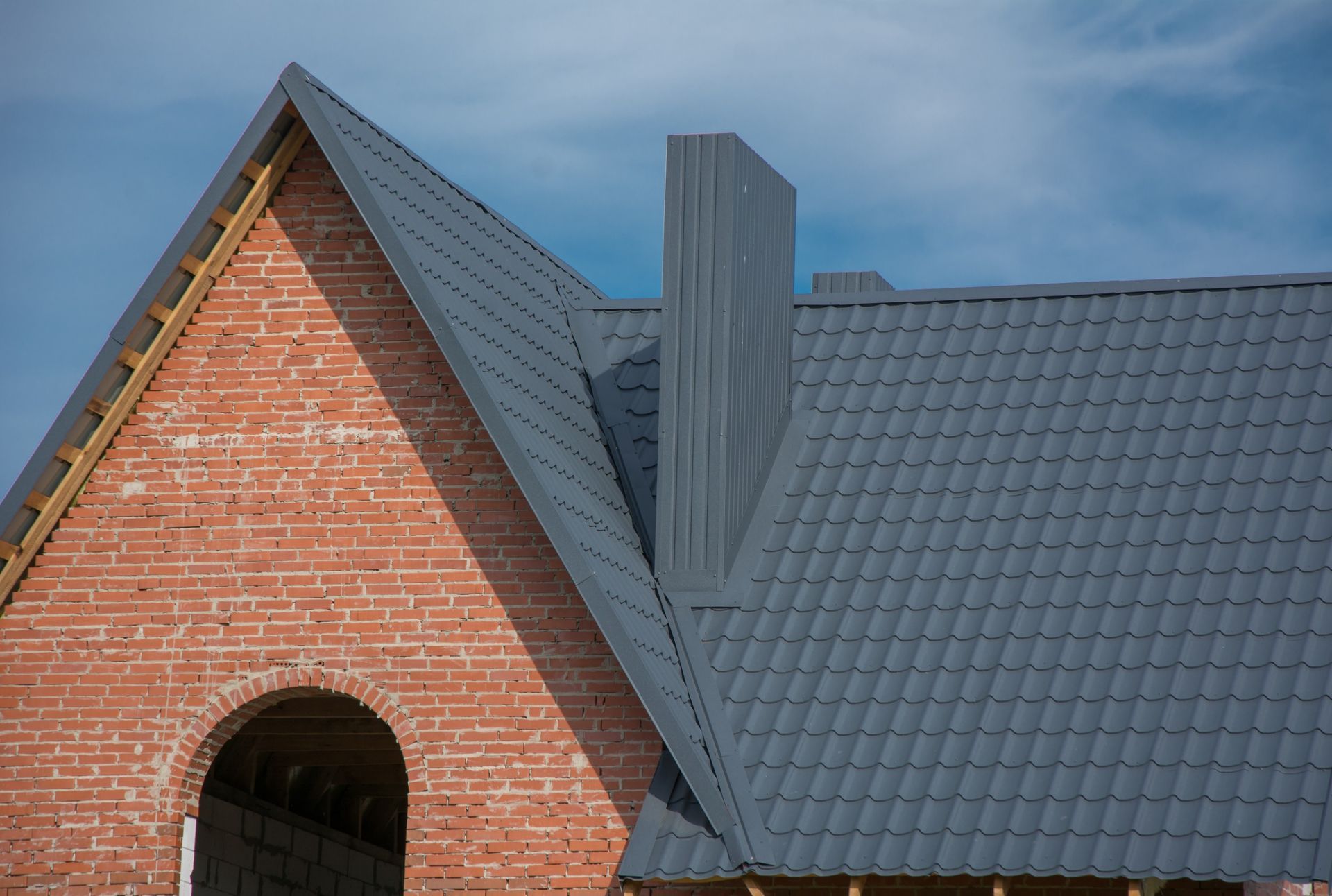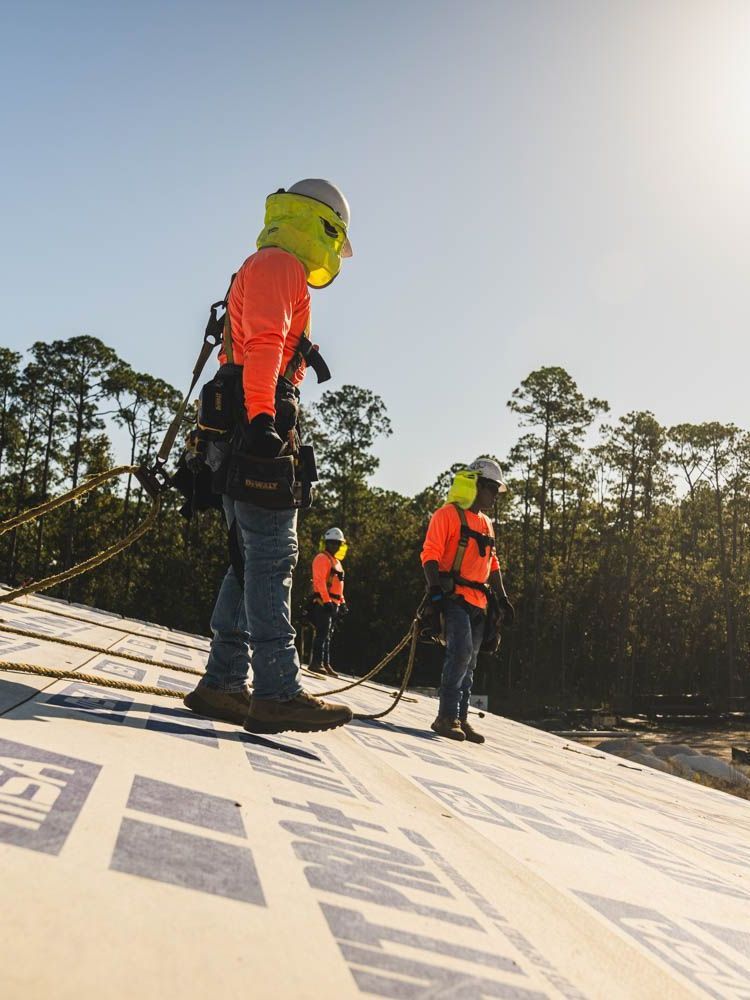Understanding Roofing Warranties: What Every Homeowner Should Know

Investing in a new roof is no small decision. It’s a significant expense that protects one of life’s biggest investments—your home. But when it comes to securing peace of mind, many homeowners overlook one critical detail: roofing warranties. Understanding roofing warranties isn’t just about reading the fine print; it’s about knowing what’s covered, what isn’t, and how to protect your investment.
This guide breaks down the essentials of roofing warranties so you can make an informed choice.
The Basics of Roofing Warranties
A roofing warranty is essentially a promise from a manufacturer or contractor to cover certain issues with your roof for a set period of time. Generally, roofing warranties come in two main types:
Manufacturer’s Warranty
This type of warranty covers defects in the roofing materials themselves, such as shingles, underlayment, or other components. If the material deteriorates prematurely due to manufacturing faults, this warranty is your safety net. Manufacturer’s warranties often range from 20 to 50 years, with some premium options offering "lifetime" coverage (which typically extends up to 50 years).
Workmanship Warranty
A workmanship warranty, provided by your roofing contractor, protects you against installation errors. Even the best-quality materials won’t make up for poor installation practices. Workmanship warranties are typically shorter, averaging about 1 to 10 years, but their quality can vary widely depending on the contractor.
What’s Covered (and What Isn’t)?
Roofing warranties don’t cover everything under the sun, so it’s essential to know both what’s protected and the exclusions. Here's what you can generally expect:
Common Coverage
- Material Defects: Problems resulting from faulty or subpar roofing materials.
- Installation Issues (workmanship warranty only): Faulty installation that leads to leaks, structural issues, or other functional problems.
- Wind or Hail Damage (limited): Some high-end warranties offer coverage against specific weather-related damages.
Common Exclusions
- Poor Maintenance: Damage caused by neglect or failure to maintain the roof.
- Extreme Weather: Events such as hurricanes or tornadoes are often excluded unless you have specific storm coverage.
- Installation by Unlicensed Contractors: If the roof was installed incorrectly by a non-qualified contractor, the warranty is typically void.
- Alterations or Modifications: Adding solar panels or skylights without following the proper procedures may nullify your warranty.
How to Maximize Your Roofing Warranty
A roofing warranty isn’t just a document—it’s a tool to protect your investment. To ensure you get the most out of it, follow these key steps:
1. Choose a Reputable Contractor
Before signing anything, research contractors thoroughly. Look for a licensed, experienced professional who offers a clear workmanship warranty and is certified to install the materials you’ve chosen.
2. Understand the Terms
Don’t assume every warranty is the same. Read it thoroughly and ask questions. Important clauses to understand include:
- Duration of coverage
- What voids the warranty
- Transferability (in case you sell your home)
3. Schedule Regular Maintenance
Many warranties require proof of ongoing roof maintenance to remain valid. Clean your gutters, inspect your roof yearly, and address minor repairs promptly to prevent larger issues.
4. Keep Detailed Records
Document your roof’s installation, maintenance, and repairs. Having a paper trail makes it easier to claim warranty service if you need it.
Is an Extended Warranty Worth It?
Many manufacturers offer extended or enhanced warranties for an additional fee. These often provide comprehensive coverage beyond the standard plan, like labor costs for repairs or protection against installation errors.
This added layer of security can be worth it, especially if you’re investing in premium materials or live in an area with extreme weather.
Final Thoughts on Roofing Warranties
A roofing warranty can be a powerful safety net, but only if you understand the terms and follow the necessary steps to maintain it.
Whether you’re choosing materials, hiring a contractor, or planning maintenance, being informed now can save you thousands of dollars down the road.
Remember, your roof is one of your home’s most valuable assets, and a strong warranty helps ensure it performs its best for decades to come.
Ready to make the best decision for your home's roofing needs?
Contact Keeler Roofing today for expert advice and a detailed, no-obligation quote. Our experienced professionals are here to guide you through every step of the process, ensuring you choose a roof that fits your budget and enhances your home's value.
Related Posts
QUICK LINKS
CONTACT INFO
© 2024 Keeler Roofing . All Rights Reserved.


